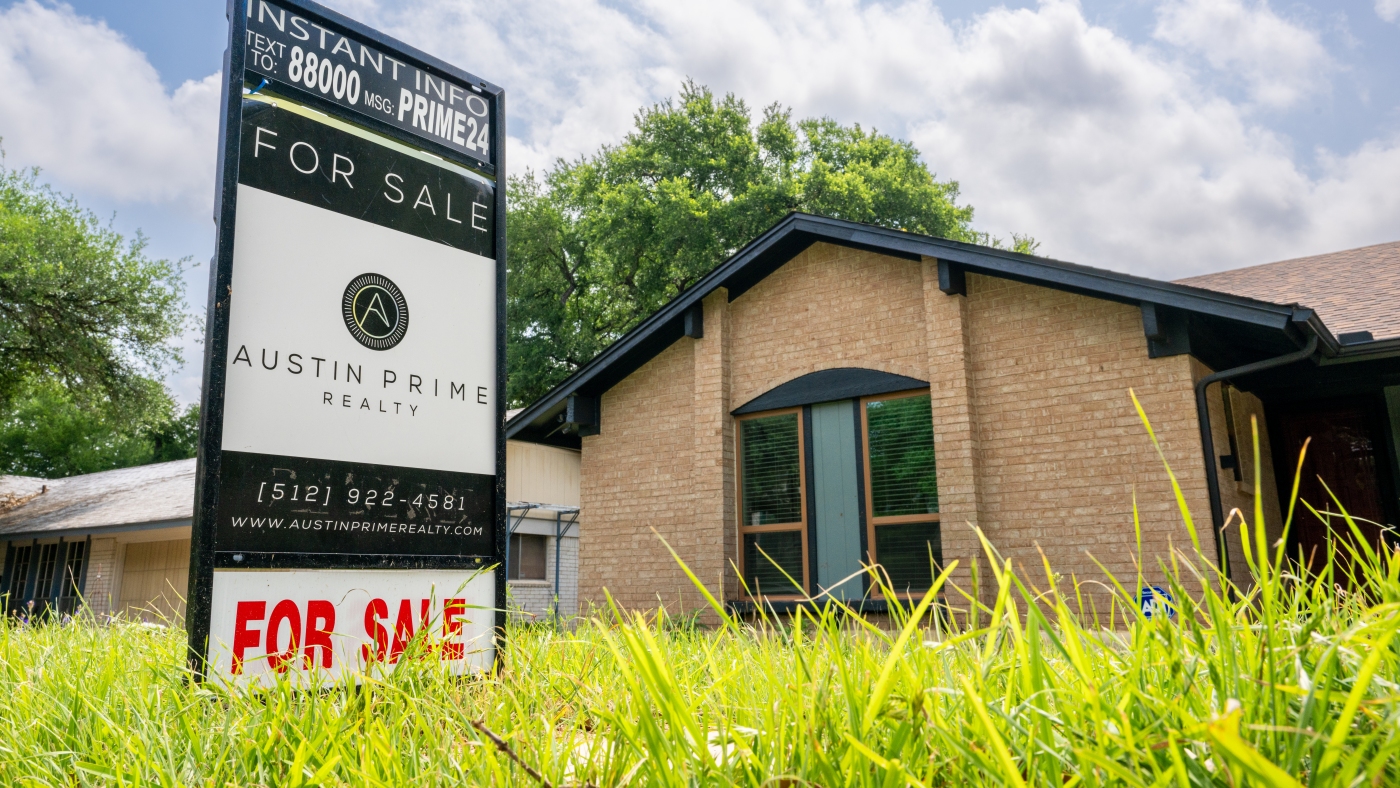Decoding Trump’s Housing Market Promises: Interest Rates, Homebuying, and Economic Realities
The Simplicity and Complexity of Interest Rates
Donald Trump’s assertion that cutting interest rates would make homebuying more affordable is a claim that resonates with many potential homebuyers. On the surface, the logic seems straightforward: lower interest rates mean lower mortgage payments, which in turn makes homeownership more accessible. This premise is supported by economic theory, as lower interest rates reduce the cost of borrowing, making it easier for individuals to finance large purchases like homes. However, the reality is far more nuanced. While lower interest rates can indeed make mortgages more affordable, the relationship between federal funds rates, mortgage rates, and housing affordability is influenced by a myriad of factors.
The Federal Reserve’s Independence: A Delicate Balance
One of the most critical aspects of Trump’s promise is the role of the Federal Reserve. The Fed is designed to operate independently of political influence, ensuring that monetary policy decisions are based on economic data rather than political expediency. This independence is crucial for maintaining investor confidence and economic stability. Trump’s repeated calls for lower interest rates have raised concerns about the potential politicization of the Fed. If the Fed is perceived as bowing to political pressure, it could undermine its credibility and lead to market instability. Historically, attempts to influence the Fed have often backfired, leading to unintended economic consequences.
The Risk of Inflation and Market Instability
Lowering interest rates is not without risks. If the Fed cuts rates prematurely or aggressively, it could fuel inflation. Inflation erodes purchasing power, making everything more expensive, including housing. Additionally, politically motivated rate cuts could lead to market instability as investors lose confidence in the Fed’s ability to manage the economy effectively. This instability could ultimately push mortgage rates higher, negating any initial benefits from the rate cut. Economists widely agree that monetary policy should be used judiciously and based on sound economic principles rather than short-term political gains.
Addressing the Root Causes of Housing Affordability
While lower interest rates can provide some relief, they are not a panacea for the housing affordability crisis. The fundamental drivers of housing affordability are supply and demand. A shortage of housing, particularly affordable housing, combined with increasing demand, pushes prices up. Other factors contributing to the problem include restrictive zoning regulations, rising construction costs, and wage stagnation. Addressing these underlying issues requires a multi-faceted approach that includes increasing the housing supply, reducing construction costs, and promoting wage growth. Streamlining the permitting process for new construction, incentivizing the development of affordable housing, and reforming zoning regulations are essential steps in this direction.
The Impact of Capital Gains Tax on Homeowners
Trump’s support for a capital gains bill could potentially offer tax savings for U.S. homeowners. Capital gains tax applies to the profit made from selling an asset, including a home. Changes to this tax could impact homeowners’ decisions to sell and potentially influence housing market dynamics. However, the effects of such a bill are complex and depend on various factors, including the specific provisions of the legislation and the overall economic climate. While tax reforms can provide some relief, they should be part of a broader strategy to address housing affordability.
The Pandemic’s Lingering Effects on the Housing Market
The COVID-19 pandemic has significantly altered the economic landscape, introducing new challenges to housing affordability. Supply chain disruptions, labor shortages, and shifts in consumer preferences have all contributed to rising housing costs. While Trump pledged cheaper prices and lower interest rates, the pandemic-transformed economy makes these promises difficult to keep. The pandemic has highlighted the need for resilient housing policies that can withstand economic shocks and ensure long-term affordability.
A More Realistic Perspective on Housing Affordability
While lower interest rates can play a role in making homebuying more affordable, it is crucial to recognize their limitations. A politically driven interest rate cut may not deliver the anticipated benefits and could even backfire. A more sustainable approach to addressing housing affordability requires focusing on the fundamental drivers of supply and demand, tackling regulatory barriers, and promoting wage growth. Policymakers should prioritize long-term solutions that promote sustainable housing affordability for all Americans.
Conclusion: A Complex Equation
Ultimately, Trump’s claim that cutting interest rates will make homebuying cheaper is an oversimplification of a complex economic reality. While lower rates can provide some relief, they are not a magic bullet. Addressing the housing affordability crisis requires a comprehensive strategy that tackles the underlying issues of supply, demand, and affordability. Political interference with the Federal Reserve could undermine its credibility and lead to unintended consequences. A more prudent approach involves focusing on long-term solutions that promote sustainable housing affordability for all Americans. The path to affordable housing is complex and multifaceted, requiring a balanced approach that considers economic, social, and political factors.


